Hyundai Alcazar – Preview
Based on the same platform as the Creta, the platform for the Hyundai Alcazar has been extended by 150mm in length to accommodate the 3rd row of seating and create more interior room.
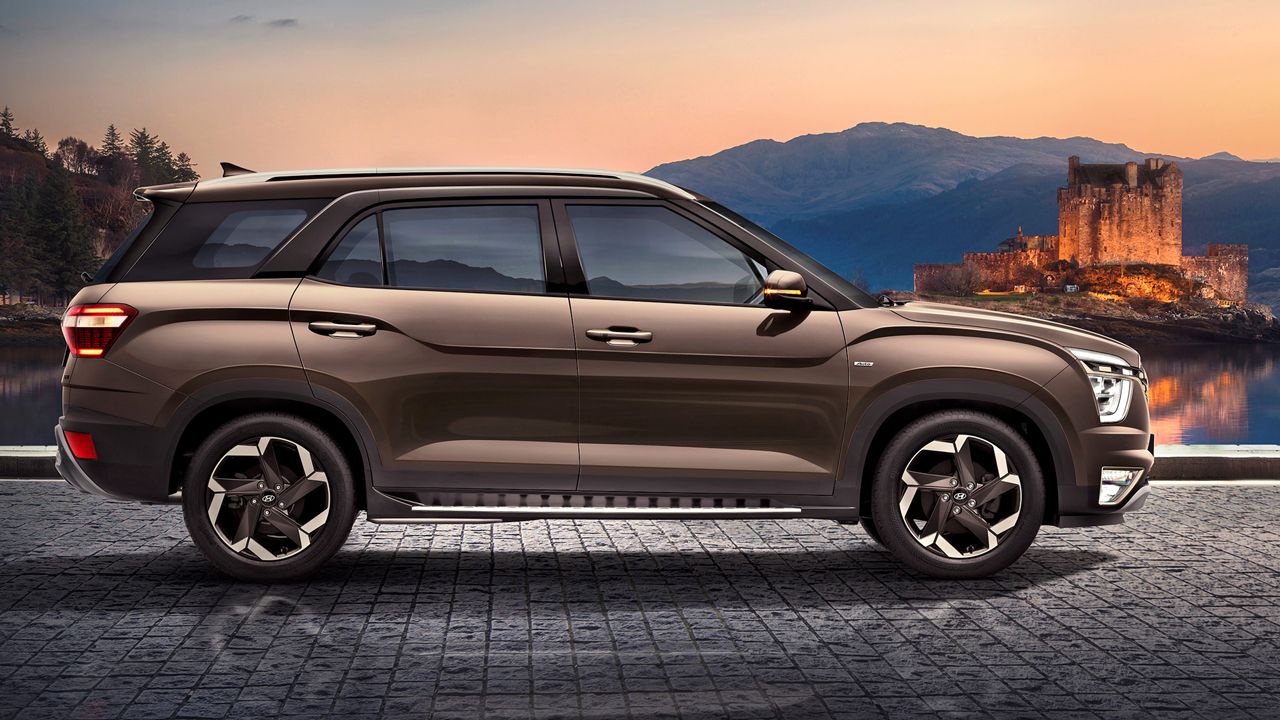
With Hyundai’s existing SUV lineup gaining success and market share with each passing day, the Korean automaker has now set its eyes on the rapidly emerging three-row SUV segment. We take a first look at the Alcazar.
Coming on the back of Hyundai’s tremendous success with SUVs in India – the brand has already sold over 10 lakh SUVs in the country – the Alcazar will be the first seven-seater Hyundai product sold in India. Based on the same platform as the Creta, the platform for the Alcazar has been extended by 150mm in length to accommodate the 3rd row of seating and create more interior room. The Alcazar also gets visual updates to make it stand out from the Creta. The major changes include a brand new, shiny grille, which looks quite attractive, 18-inch wheels, and a brand new rear-end design. The new rear design is a good touch, as it gives the Alcazar a more traditional appeal. Changes to the rear end include a new tailgate with chrome badging and new taillights, and despite the increase in length and wheelbase, the overall proportions of the Alcazar are quite balanced, and the design is rounded off by bigger 18-inch alloy wheels.

Of course, given its extra length, the Alcazar also gets longer rear doors, as well as a big glass panel on the C-pillar, which should make the interior of the Alcazar feel quite airy, especially for 3rd-row passengers. And to enhance choice, the Alcazar will be offered in both 6- and 7-seater versions. Additionally, when it comes to engines, the Alcazar will offer the familiar 1.5-litre diesel engine, which is also available in the Creta and produces 113bhp. But, for a petrol engine, the Alcazar gets a 2.0-litre unit, which is also featured on the Elantra and which produces 157bhp. Both engines will be offered with 6-speed manual and automatic gearbox options. However, expect the Alcazar to be offered with front-wheel drive only, with Hyundai not planning to introduce an all-wheel-drive version.

At the preview event, the initial impressions of the SUV were quite good, even though we drove it only for a very short period. The new 2.0-litre petrol engine feels quite torquey, and while the test car wasn’t fully loaded, I think the engine will cope well even under heavy load conditions. The ride is noticeably stiffer than the Creta, which I think is also a positive, as I found the Creta’s ride to be a bit too soft. And while we can’t yet show you the interior, what I can tell you is that the 2nd-row captain seats feel quite comfortable – they also feature slide adjustment to optimise legroom in the 2nd and 3rd row. As far as the 3rd row is concerned, it is suited mostly for children. Even with all three rows of seating in use, there is 180 litres of boot space available, which can fit two duffel bags or a set of golf clubs. Interestingly, the Alcazar also features dual compressors for the air-conditioning system and dedicated air vents for all three rows to ensure that the extreme weather conditions of our country don’t interfere with passenger comfort.
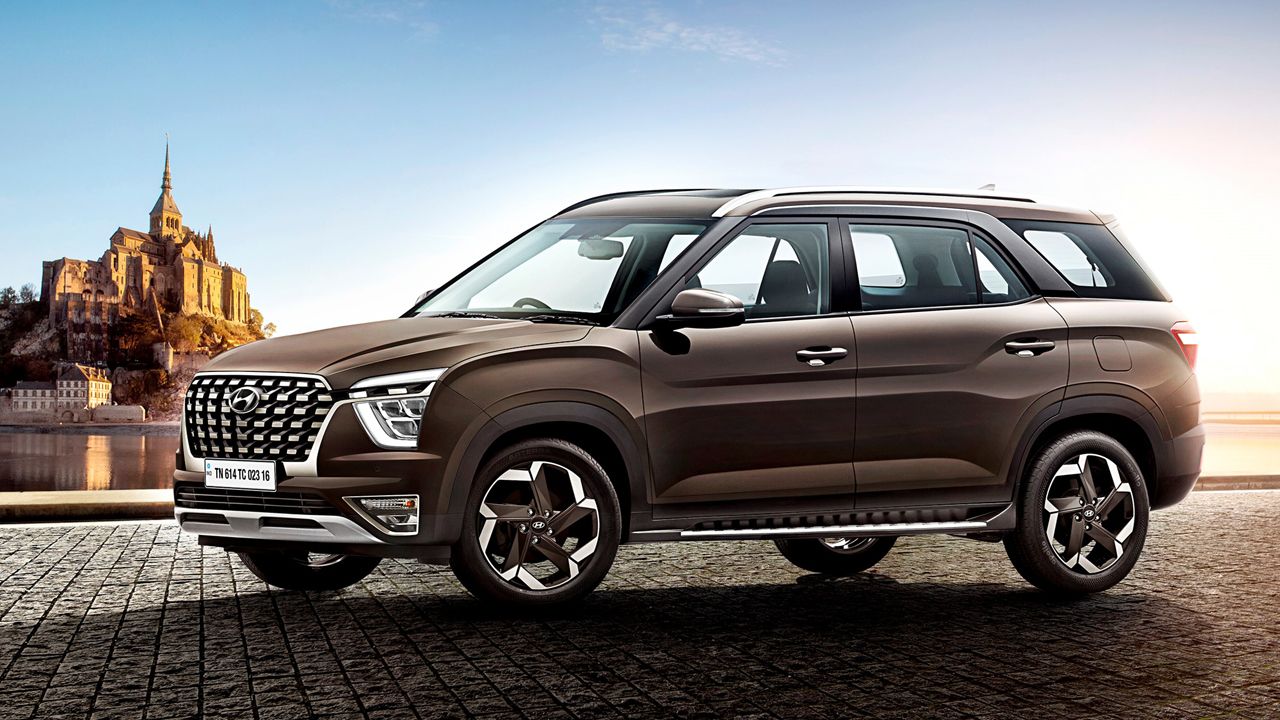
Overall, the Alcazar seems like a worthy competitor to the current best-sellers in the three-row SUV segment – the MG Hector Plus and Tata Safari. And depending on how Hyundai prices the Alcazar, it could be the beginning of another success story for the Korean brand.
Read more:
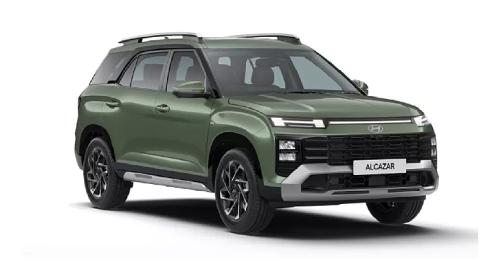

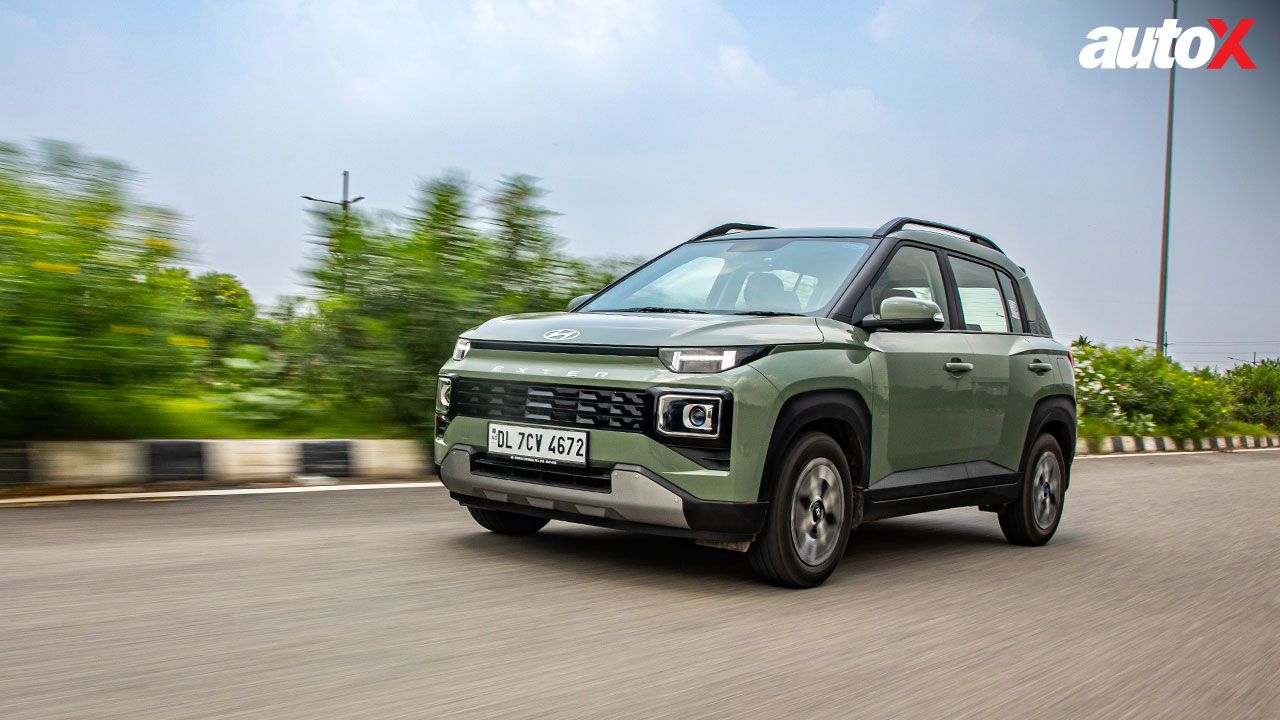
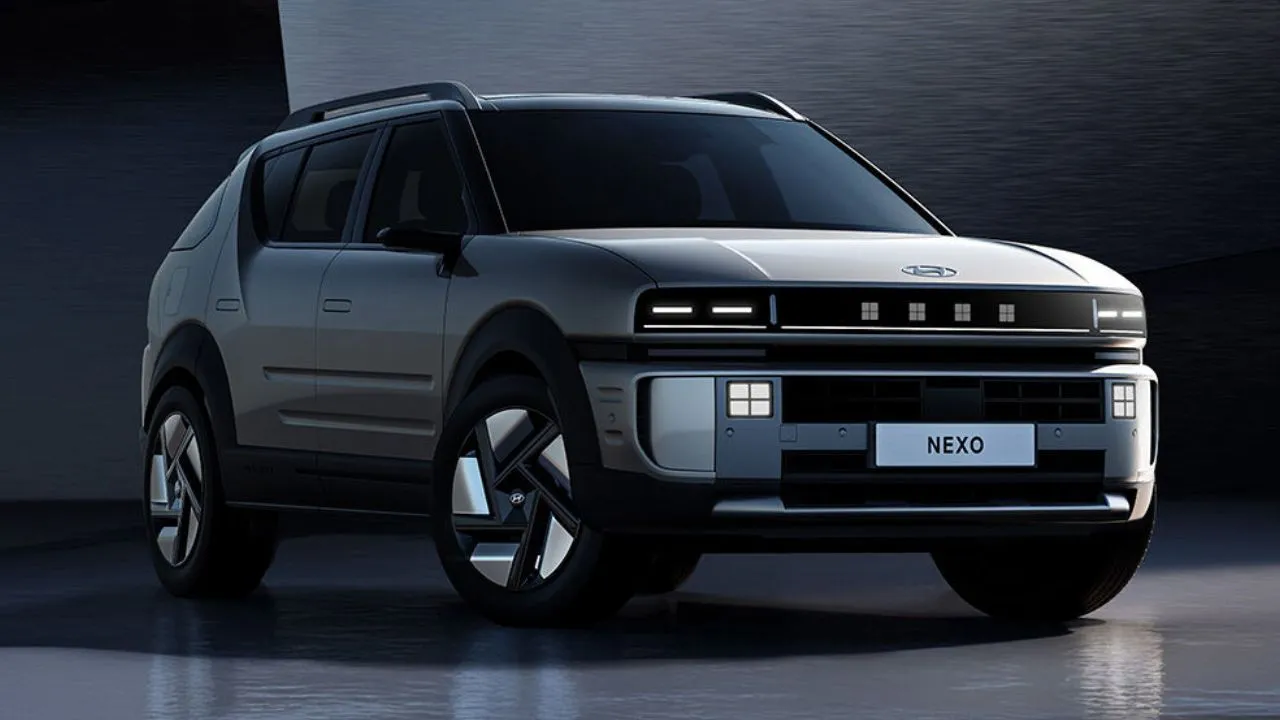

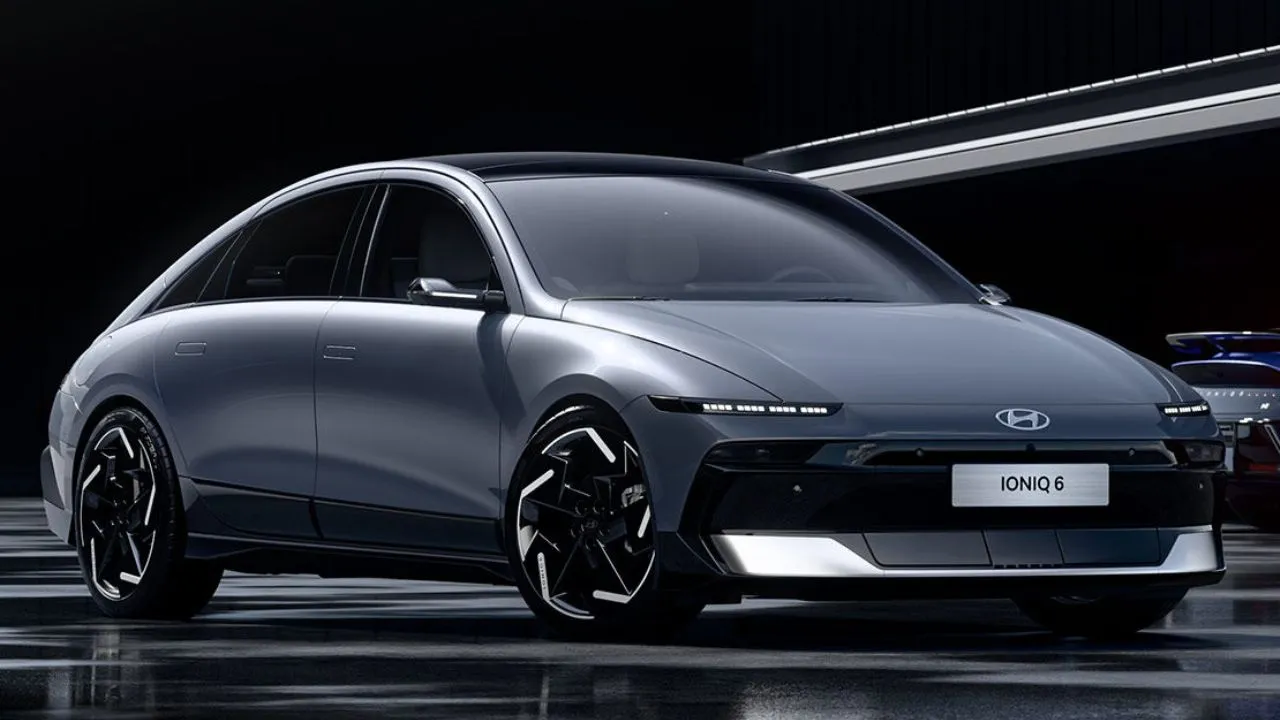
![Hyundai Alcazar Now Gets Wireless Android Auto & Apple CarPlay Upgrade with New Adapter 1741761588921 Jnu6 2024 Hyundai Alcazar [1]](https://images.autox.com/uploads/2025/03/1741761588921-jnu6-2024-Hyundai-Alcazar-[1].webp)
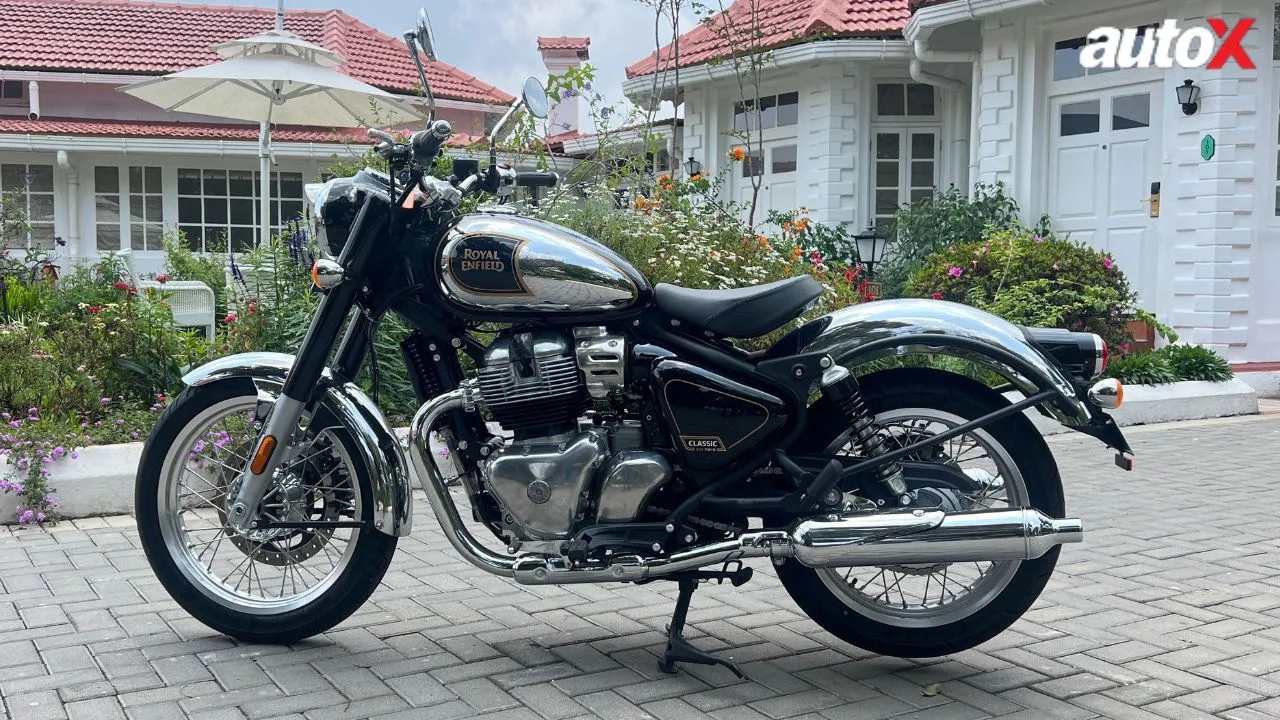


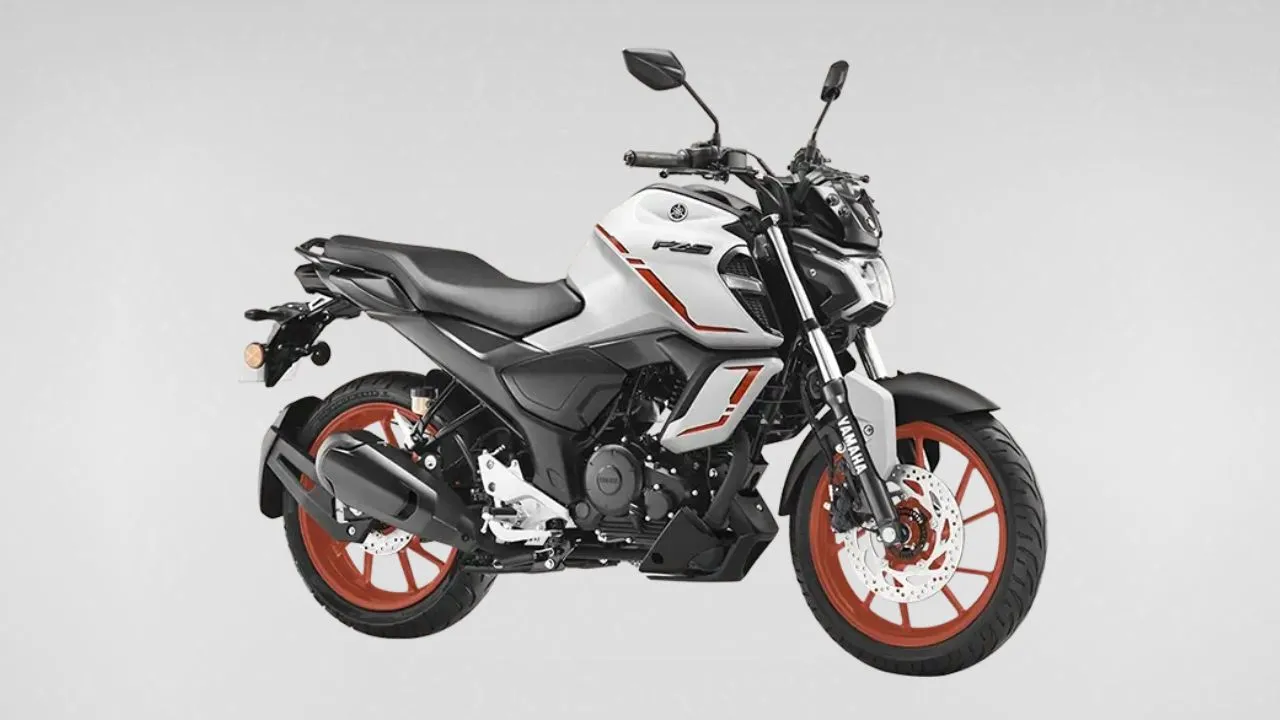
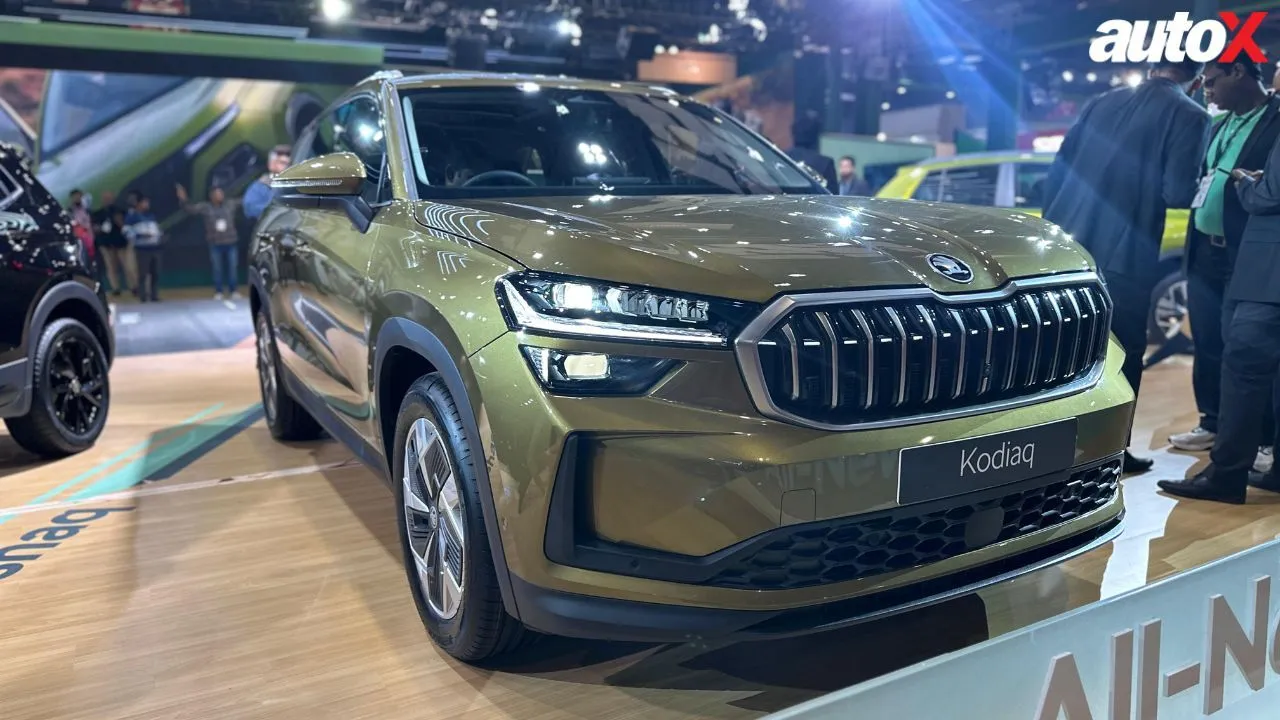














Write your Comment on